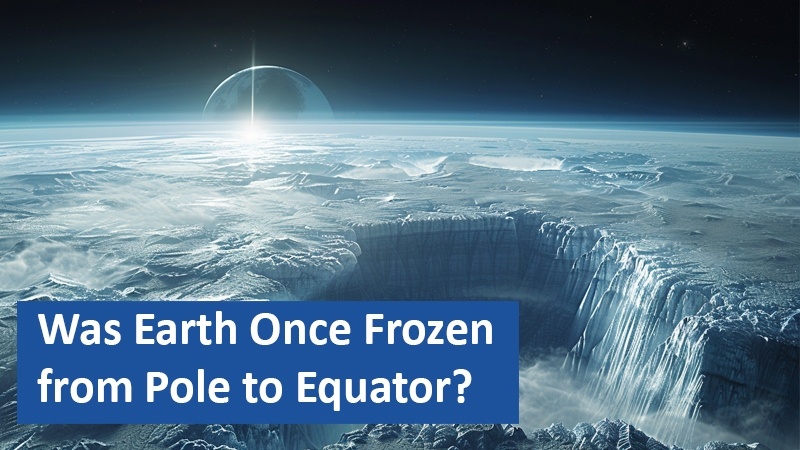New research provides compelling support for the “Snowball Earth” theory. This hypothesis suggests that Earth was entirely covered in ice hundreds of millions of years ago, reaching as far as the equator. Studies of ancient rock formations in Colorado offer vital clues to this extraordinary climatic phenomenon.
By August Roberts
Ancient Rocks Hold Clues to a Frozen World

Geologists have examined Tava sandstones in Colorado’s Rocky Mountains, uncovering evidence of extensive glaciation dating back 690 to 660 million years. Using laser ablation mass spectrometry, a precise dating technique, scientists found that these rocks were compressed under the weight of glaciers during this time. At the period in question, the region was part of Laurentia, a supercontinent located near the equator. These findings lend substantial weight to the idea that glaciers once spanned the entire globe, not just the poles.
A Planet-Wide Freeze with Profound Implications
The Snowball Earth theory describes a time between 720 and 635 million years ago when Earth’s climate cooled dramatically, encasing the planet in ice. Glacial coverage extended far beyond polar regions, even into tropical zones. This extreme climate change likely impacted Earth’s atmosphere and ecosystems, creating conditions that influenced the evolution of life. Researchers suggest that this period of environmental stress may have driven the development of early multicellular organisms.
Melting Ice and the Birth of Complex Life
As the global freeze ended, melting glaciers created new, habitable environments. Nutrients released into the oceans from the retreating ice may have spurred biological growth, paving the way for the emergence of complex life. This transition period is believed to have marked a pivotal moment in evolutionary history, enabling the development of the first multicellular organisms. Understanding this interplay between drastic climate events and life’s evolution remains a key area of scientific exploration.
Expanding the Search for Evidence
While the Tava sandstones provide crucial insights, researchers are eager to locate similar formations worldwide. Identifying other geological markers of Snowball Earth could help paint a clearer picture of this icy epoch. Such discoveries would enhance our understanding of Earth’s climatic history and its profound influence on the planet’s development. Ongoing studies aim to further substantiate this remarkable theory and uncover more details about Earth’s frozen past.
The concept of a completely ice-covered Earth underscores the dramatic environmental changes our planet has undergone and their impact on life’s evolution.
Based on information from www.dailygalaxy.com and own research.